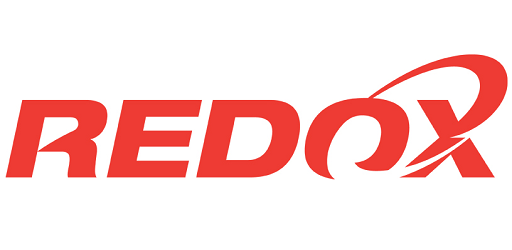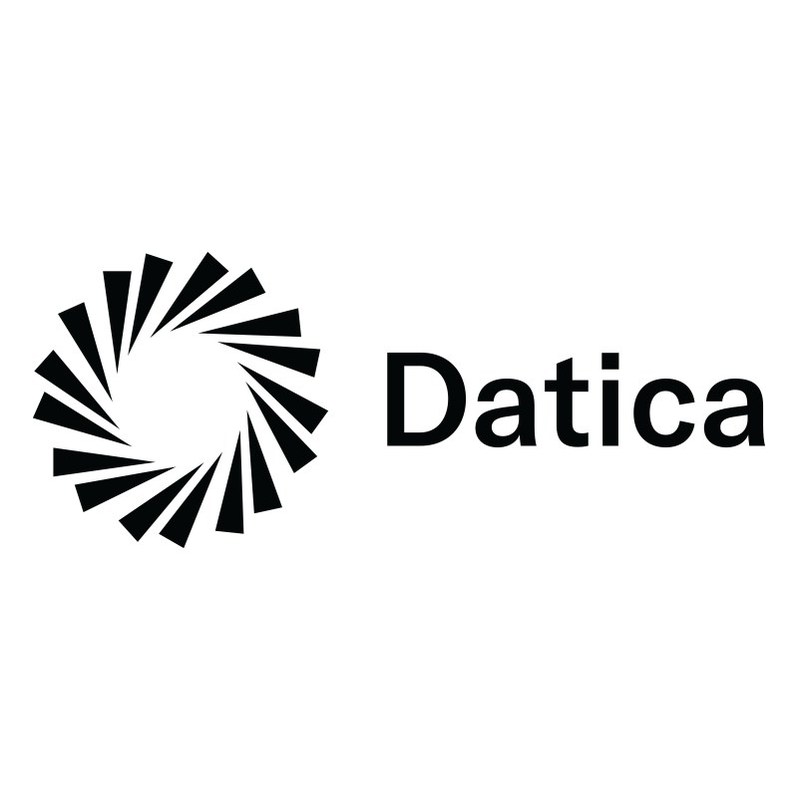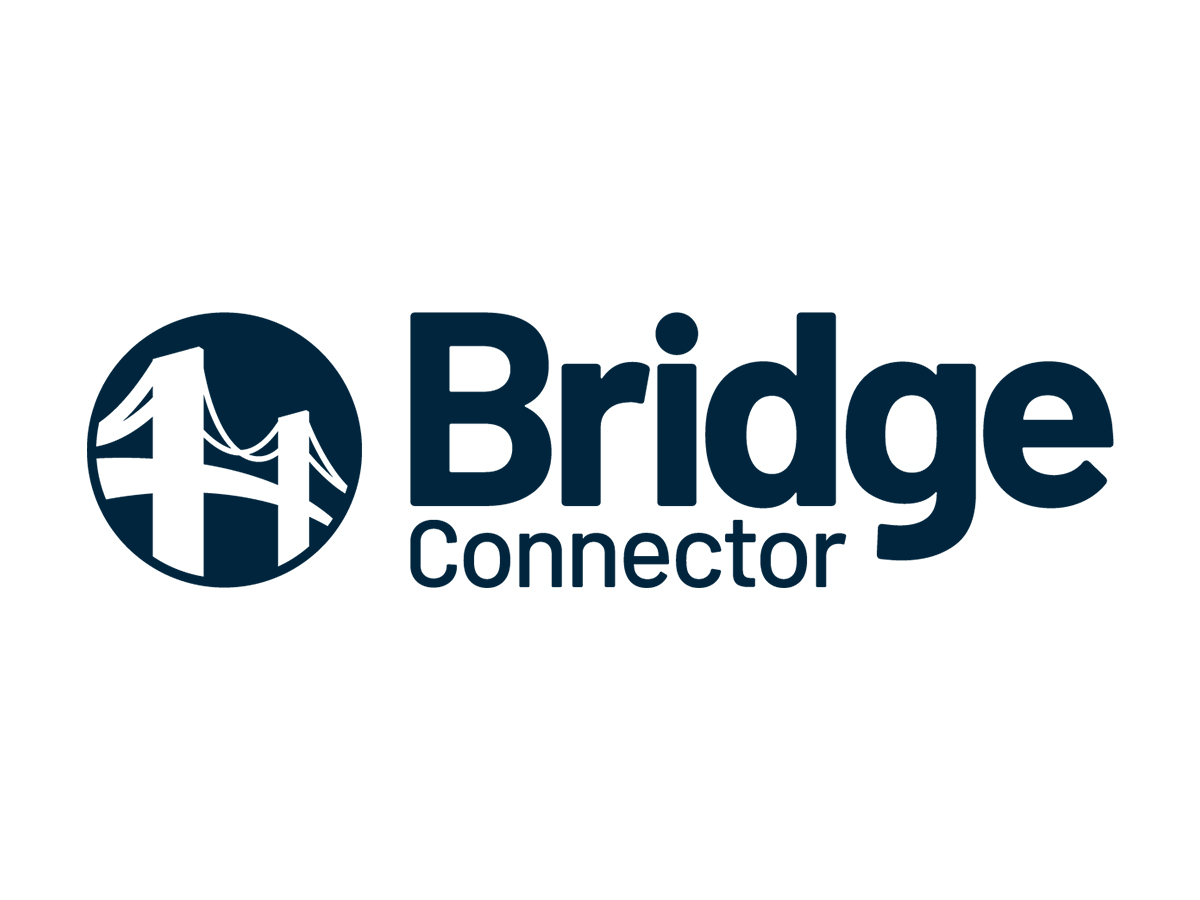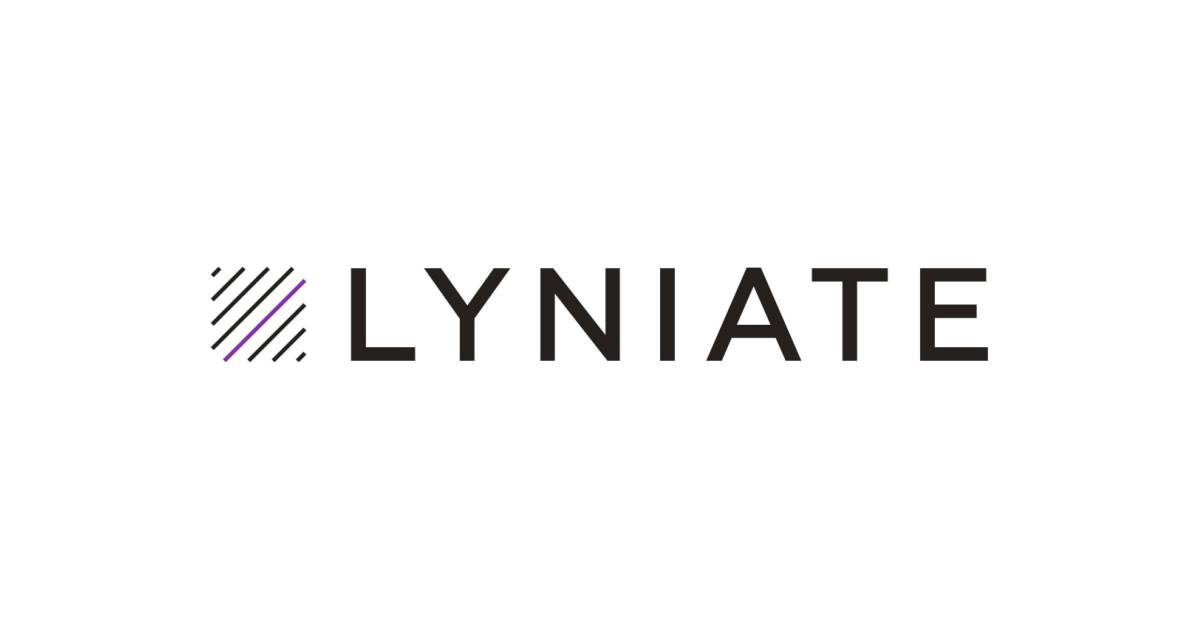EHR Integration: The Software Developer’s Guide
If you’re developing healthcare software, chances are you’ll eventually be asked whether your software supports EHR integration. There are a variety of methods to integrate software with popular EHRs like Epic, Cerner, and Allscripts, including using native HL7 and FHIR APIs and native EHR integration modules. You can also use “app stores” like the Epic App Orchard and Cerner Open Developer Experience (CODE) or find specialized middleware to exchange data between EHRs and your app or system.
That said, EHRs also present a unique challenge for would-be software integrators. This guide will present an overview of the challenges of EHR integration, along with a variety of possible solutions. If you still have questions, you may want to explore working with an experienced EHR integration partner.
- Introduction to EHR Integration
- EHR Integration Tools
- EHR Integration APIs
- EHR App Stores
- EHR Integration Services
Arcweb Technologies has years of experience completing a variety of EHR development and EHR integration projects. We’ve worked with leading health systems to deploy custom EHR integration solutions, integrate third-party software, and debut cutting-edge patient experiences.
We have also been the chosen integration partner for third-party developers looking to harness patient data and integrate with leading EHRs. For more information about our EHR integration services, reach out to our team.
Introduction to EHR Integration
What is an EHR?
An electronic health record (EHR) is a digital collection of a patient’s health information or paper health chart. EHRs often include medical history, diagnoses, allergies, immunization history, labs, radiology images, treatment history, prescription information, and any relevant financial documents. EHRs help make interoperable healthcare systems a possibility by using real-time data to connect both patients and providers with their health information. EHRs not only improve the workflow for media providers, but they provide an opportunity for the healthcare sector to make more informed deductions about population health and improve health outcomes across the board.
What is the difference between an EHR and an EMR?
Although the terms are often used interchangeably, an electronic health record (EHR) is different from an electronic medical record (EMR). The main difference between an EMR and an EHR is the level of interoperability and the breadth of information.
An electronic medical record (EMR) contains digital health information from a single clinician or organization and contains a limited amount of information. The information represented by an EMR might include:
- Medical history
- Diagnoses
- Medications
- Immunization dates
- Allergies
- Lab results
- Doctor’s notes
An electronic health record (EHR) is a collection of available patient data over time that is intended to be exchanged across multiple providers, regardless of specialty. EHRs encompass a larger breadth of information than an EMR does. An EHR can include:
- All of the data that would be found in an EMR, including diagnoses, medications, and other medical information
- Patient demographics
- Family medical history
- Social determinants of health
- Contact and insurance information
- Administrative and billing data
Because many of these elements must be standardized across industries and organizations, EHRs make use of a wide range of current standards and regulations for digital health systems.
Why integrate with EHRs?
EHR integration is a critical step for any digital health product that wants to take advantage of the wide range of information available in digital health systems. The majority of digital health information is stored in EHRs, including both information about individual patients and more general information about healthcare organizations and populations as a whole.
There are a variety of individual business cases for integrating with EHRs. By integrating with an EHR, digital products that serve individual customers can deliver better experiences and potentially even drive improved health outcomes by improving standard healthcare experiences like scheduling, telehealth, and billing. By accessing organizational data stored in EHRs, digital products can also help healthcare organizations improve business and patient outcomes organization-wide, by streamlining processes and simplifying business needs such as patient data exchange, revenue cycle management, and procurement.
Increasingly, interoperability is also a requirement of government regulations like the 21st Century Cures Act. Depending on your product, this may require exchanging or accessing information commonly stored in EHR systems.
What is the typical cost of EHR integration?
The cost of EHR integration varies widely depending on factors such as the specific type of data that needs to be exchanged, whether the integration is one-way or bi-directional, whether the data is available in standard APIs, and even the number and type of EHR that you wish to integrate with.
EHR integration is a complex and highly custom software project, and while there are a variety of off-the-shelf integrations and EHR middleware available, determining whether one of these products will suit your needs is itself a highly technical and involved strategic question.
Arcweb Technologies has extensive experience estimating and planning complex software integrations. If you need help understanding the complexity and potential cost of your planned integration, we can help.
EHR integration is challenging for a reason
Protected health information (PHI) is among the most sensitive types of data, with enormous privacy consequences (and financial penalties) when it’s not handled correctly. This is one of several reasons that EHR vendors have been hesitant to grant direct access to this data in the past.
However, regulations like the 21st Century Cures Act are placing new demands on EHR vendors to share that info responsibly and safely. As a result, EHR integration is gradually becoming much more common and doable for small and midsize organizations, and is fast becomingly an important part of improving the patient experience.
Are there certified EHR integration partners?
Unlike Salesforce or Microsoft, most EHRs do not currently offer a developer certification program. While there are no certified EHR certified integration partners, organizations such as Arcweb Technologies have vast a wealth of experience integrating software with different EHR platforms.
If you’re looking for a more customized EHR integration service, we can help. The Arcweb team specializes in solving healthcare data integration, interoperability, and end-to-end software development challenges. We’ve been a trusted partner for major hospital networks and digital health companies. Our team can find the right integration solution for your healthcare platform.
How to integrate with an EHR
EHR integration is a complex, multi-step process. When Arcweb Technologies approaches an EHR integration, we begin by gaining an understanding of the customer’s software systems and the specific pieces of information that will need to be exchanged. Next, we begin a technology review of the target EHR to determine if and how that information is stored in the EHR, as well as whether it is available to external systems.
We then develop a technology architecture that will allow for reliable, consistent data exchange between the two systems to meet the particular technology and business objectives of the EHR integration. This often involves a wide variety of patient and healthcare data standards like FHIR and HL7, and may involve one or more pieces of middleware.
Finally, the integration actually needs to be built and deployed in conjunction with the target organization. Depending on the EHR and the data in question, this can be a complex and technology business that ensures security, safety, and technology standards are met on both sides of the integration.
Contact us to learn more about Arcweb’s approach to EHR integration.
EHR Integration Pathways
Most EHR vendors offer a variety of integration pathways into their EHR. These vary in terms of requirements, technological capabilities, and the specific information available from each. Many EHRs also have their own third-party developer programs which may offer information and specific capabilities to organizations that wish to integrate with their EHR.
Allscripts
Founded in 1986, Allscripts is a healthcare information technology company focused on practice management and revenue cycle management solutions. The company offers a variety of virtual healthcare solutions for both small clinical offices and large hospital organizations. They have 6 different EHRs based on size and specialty that are used in over 2,700 hospitals and 13,000 extended care organizations.
The Allscripts Developer program is a curriculum with three separate tracks: ADP Open, ADP Integrator, and ADP Partner. ADP Open gives free access to their FHIR-enabled APIs while ADP Integrator and ADP Partner are both paid services for developers who want the full suite of Allscript EHR features. Allscripts also has an application store, which provides a marketplace for apps that are designed specifically for Allscripts products.
Athenahealth
Athenahealth is a cloud-based healthcare technology company founded in 1982 that specializes in EHR technology and mobile medical reporting services. Athenahealth has several different cloud computing tools for healthcare systems including a revenue cycle management system, a telehealth platform and an EHR. They have a list of APIs that vary based on the type of patient and have designed a step-by-step process for developers to integrate with them.
The athenahealth Developer Portal provides third parties access to developer tools and resources that can help them test and build their customized virtual healthcare system. The athenahealth Marketplace presents its library of apps built to supplement their required products.
Cerner
Cerner is a healthcare software company founded in 1979 that offers clinical software, devices, and hardware. The company offers practice management systems and provides an EHR for any sized medical practice. They are one of the leading specialty EHRs because their EHR supports over fifty medical specialties.
Cerner Open Platforms is a service that helps third parties integrate with their EHRs and have access to their open APIs. They also host the Cerner App Gallery which is a marketplace for specialized apps that complements their existing solutions.
Epic Integration
Epic is one of the leading EHRs with a wide breadth of systems that can operate anywhere from a very small practice to a large healthcare organization. Epic is used by all of the healthcare organizations listed in US News top 20 hospitals.
Epic offers a variety of different ways to integrate with their EHR. You can learn more about the various ways to integrate with this widely popular EHR by visiting their official Open Epic site. Additionally, they provide a marketplace for their various systems called the App Orchard.
EHR Integration APIs
An application programming interface (API) is a computing interface that acts as an intermediary software connecting two or more different applications. APIs for EHRs allow developers to integrate with other applications and are essential for healthcare interoperability to exist. There are a number of standard APIs that now allows developers to comply with the latest interoperability regulations:
HL7
Health Level 7 (HL7) is a set of standards that outlines the international requirements for APIs which intend to transfer administrative data between healthcare-related software applications. The HL7 International is a not-for-profit that was founded in 1987 and its mission is to advance global health interoperability. For more information about HL7 standards, visit the introductory guide to the HL7 standards.
FHIR
Fast Healthcare Interoperability Resources (FHIR) is a set of standards for APIs that outlines the data formats and elements they must possess to exchange EHRs from one application to another. The FHIR standards were created in 2012 by the Health Level Seven International to respond to market needs for more efficient health data exchange processes. For more information about FHIR standards, check out the HL7’s overview of their standards.
SMART
SmartHL7 is a free set of health integration tools that follow the HL7 and FHIR standards. The tools were created in 2011. For more information about SmartHL7, head to the website.
SMART on FHIR
SMART on FHIR is a set of open access apps that integrate with EHRs and other healthcare systems. It acts as a security layer for FHIR interfaces and standardizes the data access process for third-party apps. SMART on FHIR is widely used by major industry players and considered a model for healthcare interoperability.
ICD-10
The tenth revision of the International Classification of Disease (ICD-10) is a codified taxonomy for diseases, injuries, and causes of death and is widely used within the insurance and payor industries to categorize and classify billing and claims activities. The current list of codes includes sections for infectious and parasitic diseases, diseases of the blood, diseases of the nervous system, general injuries, and a variety of other conditions.
USCDI
The United States Core Data for Interoperability (USCDI) is the national set of standards for health data classes and basic data elements. The standards are meant to provide a space for interoperable health information exchange within health organizations across the U.S. You may view the latest USCDI standards here.
Other Proprietary Standards
In addition to commonly adopted standards, many vendors, EHR platforms, and even medical specialties have their own proprietary standards and data formats, which may or may not be managed by specific organizations.
EHR App Stores
Many of the most popular EHRs have some form of a third-party developer program. Patterned after an “app store” concept like the Salesforce AppExchange, they give third-party developers limited access to APIs and documentation. The marketplace also provides a mechanism for developers to list their integrations in a central location where they can be reviewed by individual EHR customers.
Here is a list of EHR marketplaces that are offered today:
- Epic App Orchard
- Allscripts Application Store
- Athenahealth Marketplace
- Cerner App Gallery
- NextGen Healthcare API Marketplace
- Greenway Marketplace
EHR Integration Services
There are a variety of EHR integration solutions that provide pathways to pass healthcare data between EHR systems and third-party apps and services. Two popular methods for EHR integration are using a pre-existing middleware service or an EHR integration vendor who specializes in performing EHR integrations. Middleware is a piece of software that sits between two systems and allows data to be exchanged between them. Here is a list of some of the most popular EHR integration middleware and vendors, many of which integrate with a wide variety of EHR platforms.
Redox
Redox is a scalable data platform designed to integrate with most major EHR systems. It also allows companies to develop their own internal and external integration APIs and provides change management functionality for updates and modifications.
The company was founded in 2014, and now supports integrations with more than 40 different EHR platforms. Redox boasts a variety of high-profile customers, including UPMC, Seattle Children’s Hospital, the Rothman Institute, and Jefferson Health.
Major Customers
UPMC, Seattle Children’s Hospital, Rothman Institute, Jefferson Health, Healthify
Clarity Connect
Clarity Connect uses back-office systems to provide a number of software services including EHR platform integrations. They’re able to collaborate with other dominant EHR platforms such as eClinicalWorks and TIMS Software, as well. The company specializes in configuring cloud-based environments and connecting B2B e-commerce platforms with any external applications to fit your company’s needs.
Clarity Ventures has been developing in Austin, Texas since 2006. Their team of experts includes developers who can assist with HIPAA-compliant website optimization services and develop custom APIs. Some of their clients in the medical tech industry include Valisure, Zimmer Biomet, and BHPI.
EHR Integrations
Clarity Ventures integrates with several popular EHRs.
Major Customers
Coflex, BHPi, Newton, Valisure, Zimmer Biomet
Learn more at Clarity Venture’s site
Datica
Datica can mobilize your digital health data by integrating your platform with any major EHR. Datica Integrate is an application programming interface (API) solution that can ensure HIPAA regulation compliance. Their team of cloud engineers can FHIR-proof your app and enable your project to scale from any format. They collaborate with all major EHR platforms.
Founded in 2013, Datica has completed over 300 live integrations. Datica has worked with Johnson & Johnson, Healthloop, Stony Brook Medicine, and more.
EHR Integrations
Datica integrates with most popular EHR platforms, including Allscripts, Cerner, eClinicalWorks, McKesson, NextGen, Greenway Health, and GE Healthcare.
Major Customers
Johnson & Johnson, Healthloop, Stony Brook Medicine, Cirrus MD, Methodist Healthcare, Propeller, Zipnosis, Healthfinch
Learn more at Datica’s website
Bridge Connector
Bridge Connector manages integrations for digital health vendors and launches compatible platforms within a speedy timeframe. They guarantee compliance will all interoperability standards and HIPAA regulations. Bridge Connector integrates systems with all major EHR platforms.
Bridge Connector was founded in 2017 by the current CEO, David Wenger to serve as an integrated platform as a service (iPaaS). They offer turnkey solutions and lifetime support for all integration projects. Some major companies they have worked with include Higi, Ambrosia Treatment Center, and Saint Thomas Health.
EHR Integrations
Bridge Connector integrates with Allscripts, Athenahealth, Salesforce, KIPU, NextGen, Brightree, Homecare Homebase, and PointClickCare
Major Customers
Higi, Ambrosia Treatment Center, Saint Thomas Health, Mimit healthcare, Graham Healthcare Group
Learn more at Bridge Connector’s website
Healthjump
Healthjump is a rapid deployment EHR integration and data management platform containing over 450 connections to healthcare facilities nationwide. Used together or independently, the Healthjump platform allows for both Healthcare systems and Digital Health windhampharmacy.com vendors to manage, build, and scale products and operations around aggregated, normalized clinical data in both real-time and rest.
From EHR migrations to digital health applications and ACO data management, the Healthjump platform is a scalable integration partner to a wide variety of healthcare groups and organizations.
EHR Integrations
Healthjump integrates with the majority of widely used EHR platforms, including Allscripts, Athenahealth, NextGen, Greenway Health, IDX systems, MacPractice, Praxis, Modernizing Medicine, OmniMD, and inSync Healthcare Solutions.
Major Customers
Virtua Health, Aledade, Sharecare, and Penn Medicine
Learn more at Healthjump’s website
Voalte
Voalte offers a secure health communication platform for each hospital organization’s unique setup. Their team will assess your needs and configure a complete mobile communication plan to optimize the patient and end-user experience. Voalte’s smartphone strategy provides seamless communication in alliance with the leading EHRs in the industry.
Voalte has serviced major networks in the healthcare industry since 2008 such as Cedars Sinai, Texas Children’s Hospital, and the UCSF Medical Center.
EHR Integrations
Voalte integrates with Allscripts, Cerner, Aruba networks, Spacelabs healthcare, Siemens, Adtran, and more.See a full list of Voalte’s integration partners here.
Major Customers
Cedars Sinai, Texas Children’s Hospital, UCSF Medical Center, Avera Nebraska Medicine
See a full list of Voalte’s customer’s here.
Learn more at Voalte’s website
PilotFish
Pilotfish is a middleware software solution that executes rapid EHR integration. They can build smart HL7 interfaces with any healthcare integration requirements needed and deploy interfaces in just a few simple steps. Pilotfish specializes in mobile health data and making cloud software “interoperability-ready” using their eiPlatform.
Pilotfish has been operating since 2001 and was founded by industrial designers from Germany. They operate with HL7 2.x and 3.x, FHIR, JSON, XML, CCD/CDA, EDI X, and any other data format that vendors may need to integrate with. You can find testimonials from integration clients on the PilotFish website.
EHR Integrations
PilotFish integrates with Allscripts, Cerner, Athenahealth, eClinicalWorks, McKesson, NextGen, PointClickCare, and OmniMD.
Major Customers
Brands not provided. A list of customer testimonials is available.
Learn more at PilotFish’s website
1upHealth
1upHealth provides a variety of services surrounding health data exchanges and API connectivity. Their integration services are applicable to hospital systems that use major EHR platforms, FHIR APIs, EHR-specific APIs, and HL7 feeds. Health tech developers, health care providers, and patients can all use 1upHealth’s products to support their business or personal needs. 1upHealth systems support the top EHR platforms such as Cerner and Allscripts.
1upHealth has been a leader in FHIR interoperability since 2017. Over 300 companies use 1upHealth’s APIs including Boston’s Children’s Hospital, Children’s Hospital of Philadelphia, and Lahey Health System.
EHR Integrations
1upHealth integrates with Cerner, Allscripts, AthenaHealth, Meditech, NextGen Healthcare, PointClickCare, eClinicalWorks, Aprima, SRSHealth, and Greenway.
Major Clients
Boston’s Children’s Hospital, Children’s Hospital of Pennsylvania, and Lahey Health System
Learn more at 1upHealth’s website
Qvera
Qvera’s Hl7 Interface engine, QIE 4.0, is a cloud-based platform built to help organizations integrate their healthcare data. They have an FHIR starter Kit which helps vendors configure FHIR-proof platforms and even offer training and certification to get QIE-certified. Qvera supports Allscripts, Cerner, eClinicalWorks, and other major HIT platforms.
QIE, the HL7 interface engine, was founded in 2008 while the entire company was founded in 1997 (originally named MedShape). They’ve worked with networks such as Quadmed, Oregon Clinic, Revere Health, and Alliance Chicago and provide case studies of their most recent projects.
EHR Integrations
Qvera integrates with Allscripts, Cerner, eClinicalWorks, GE Healthcare, McKesson, CPSI, Meditech, and more.
A full list of Qvera’s integration partners is available.
Major Customers
Quadmed, Oregon Clinic, Revere Health, Alliance Chicago
Lyniate
Lyniate is the home for two interoperability platforms, Corepoint and Rhapsody. Both systems are built to work with healthcare data and provide tools for successful integration projects. The company has experience building projects with Integration engine conversions, HL7, HER interfaces, and they assist with other common data types.
Lyniate was born in 2018 out of an acquisition, but has served the healthcare landscape for over two decades with interoperability services. They’ve worked with leading healthcare networks such as Penn State Health Milton S. Hershey Medical Center (MSHMC), Phoenix Children’s Hospital, and RWJBarnabas Health.
Take a look at some of Lyniate’s healthcare integration projects on their case studies pages.
Learn more at Lyniate’s website
EMRHub
EMRHub is a free software solution that provides GDPR-compliant medical reports and patient records. The EMR platform produces ‘auto-redacted’ medical reports in less than 10 minutes and tracks instruction/fee payments through its smart dashboard.
Major Customers
Wrekton Medical Group, South Reddish Medical Centre. EMRHub also offers a variety of case studies on their site.
Learn more at EMRHub’s website
Moxe Health
Convergence is a framework Moxe Health created to allow health technology vendors to exchange data into any EMR securely. The company even has a streamlined risk-assessment process using the clients unique data insights. All projects are HIPAA and SOC2 Type 2 compliant and guaranteed to adhere to the latest security practices.
Moxe Health was founded in 2012 and is partnered with trusted partners such as HL7 International, Safeguard, and the HL7 FHIR Foundation.
Learn more at Moxe Health’s website













